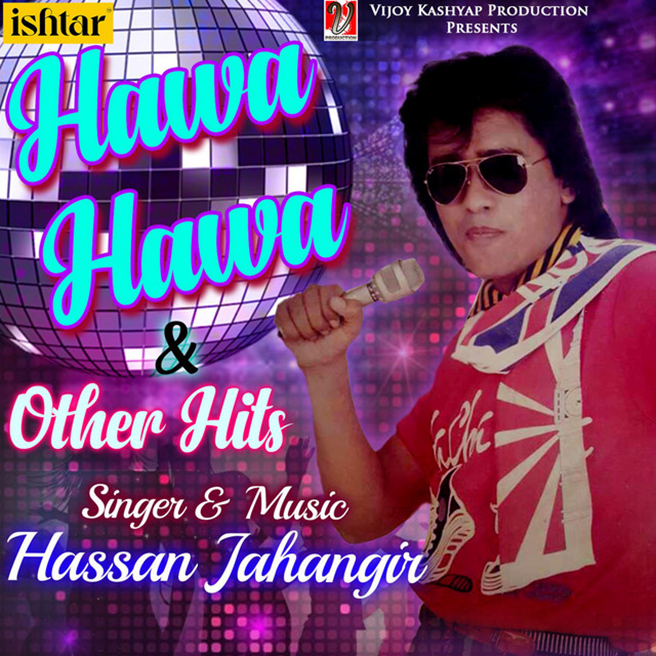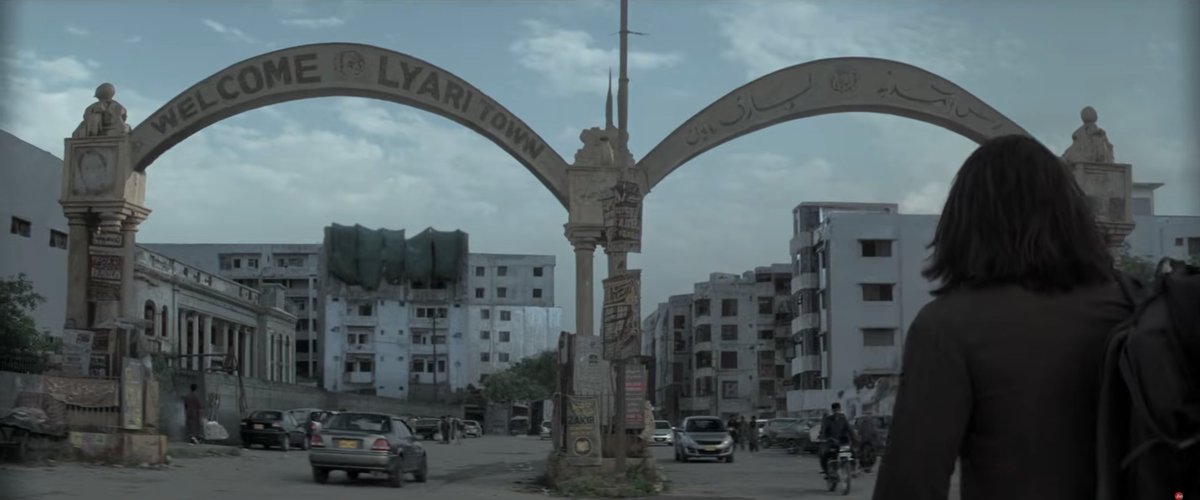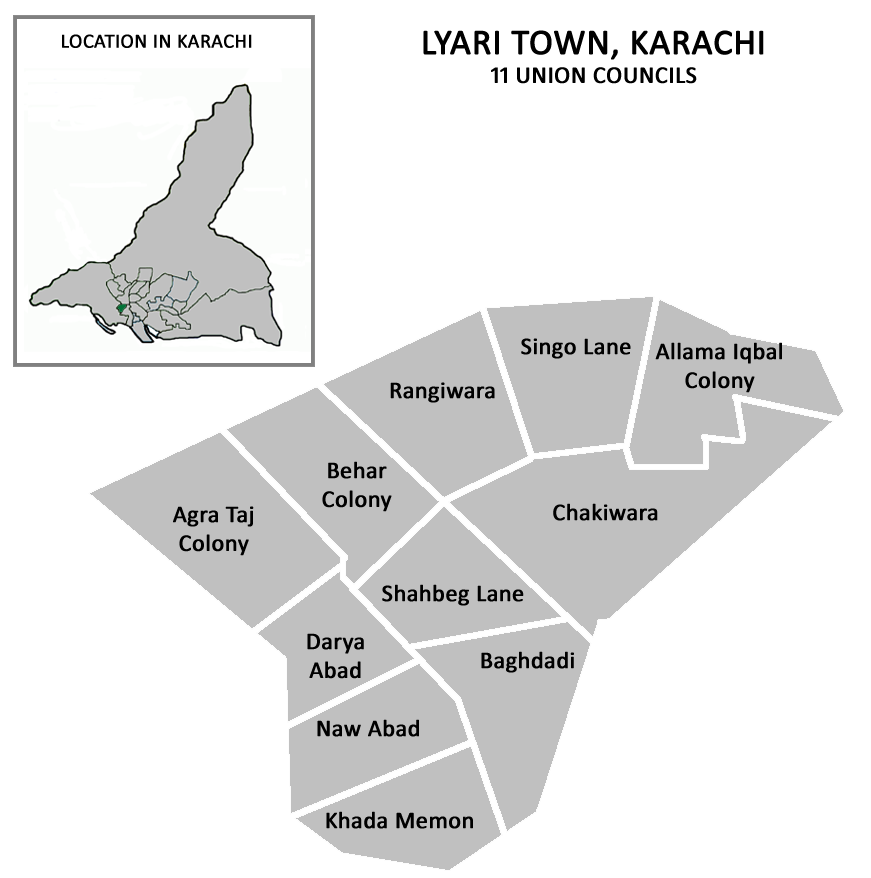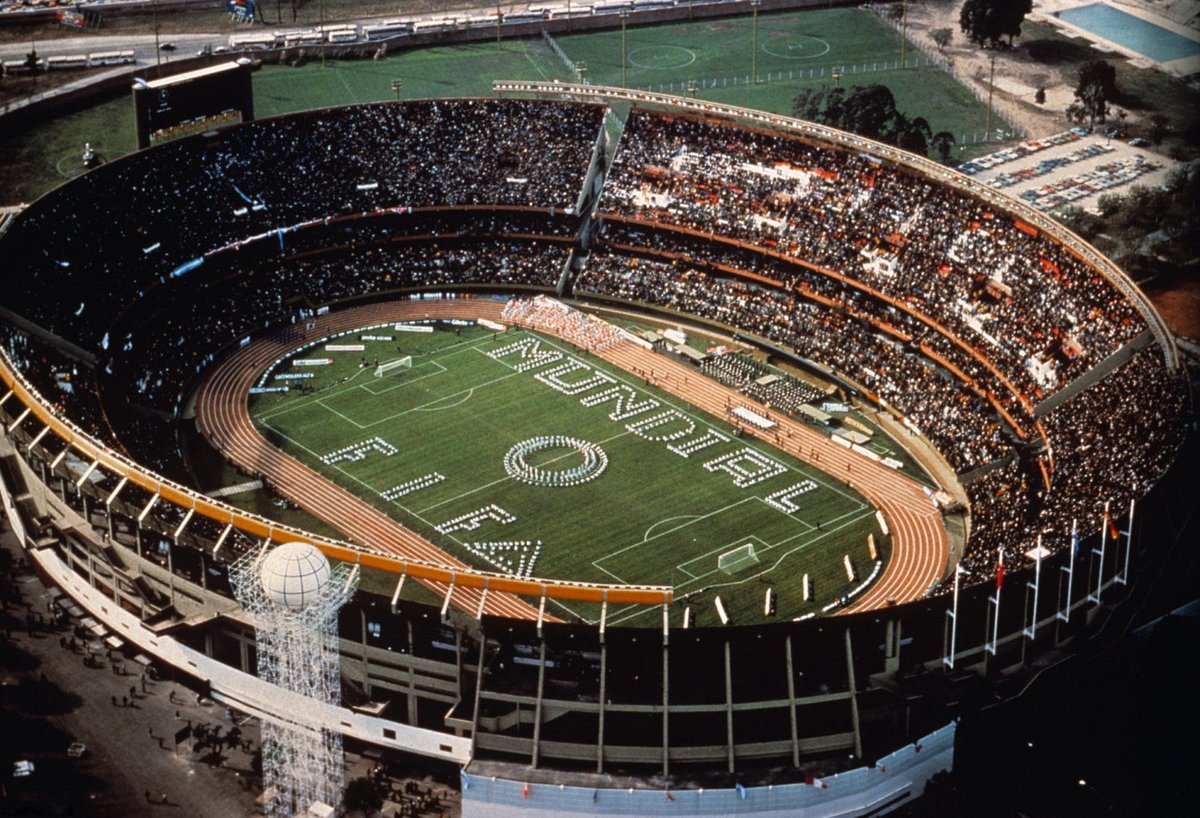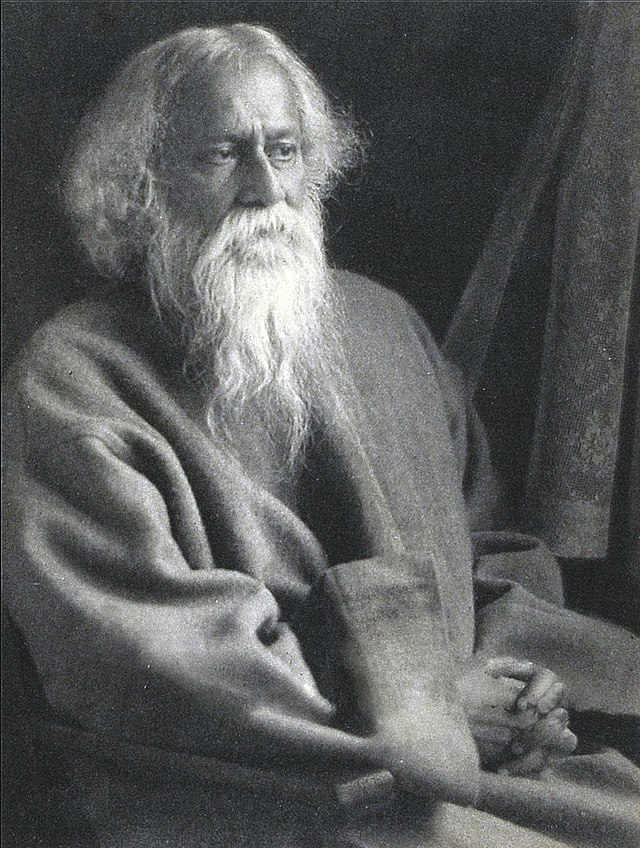If you have ever tasted a Vietnamese cà ri, you must have felt a slight tinge of French and Indian flavours wriggling in your mouth. This melting of flavours is not by accident but by design that has a curious back story. A thread. #travellingsOftheIndianCurry 1/n 

Phan Xich Long in the Phu Nhuan District is one of Ho Chi Minh City's (formerly Saigon) most bustling streets redolent of street food. The shops lined up on the streets offer up a variety of Vietnamese cuisine, one particularly interesting item being the cà ri. 2/n 

The Vietnamese cà ri is, however, not considered on the same plane as other street food like phở, bún bò Huế or hủ tiếu. It’s a dish mostly eaten in the comfort of a home and has strong connections with the sub-continent. 3/n
To understand this, we need to delve into a bit of history of the spice trade and the intertwining fates of the French colonies. 4/n 

In the 19th century, the French-controlled portions of South Vietnam which being coastal, was convenient as a trading spot. Here spices from India and the Americas were bought and traded. 5/n 

Back then, the port city of Pondicherry in Southern India was also under French control. Now it is believed that the French didn’t quite like the Vietnamese locals, so they used to bring in people from India to man their spice depots. 6/n 

More than 6000 people, mostly Tamilians are supposed to have migrated from Pondicherry and settled in parts of Saigon, Cho Lon, and the Mekong Delta. Though there were tensions between these migrants and the local Vietnamese, a culinary amalgamation flourished. 7/n 

Later on, the curry spices would move around with the ethnic Cham people, who had dealings with the Indian migrants in the spice trade. 8/n
At the dawn of the 20th-century, curry powder became the rage in Vietnam, from being a French-Tamil culinary expose, these spices become an integral part of the middle-class Vietnamese kitchen. The Indian curry became cà ri and literally, everyone was making it. 9/n 

These days it is easy to get a powdered mix like the Ca Ri Ni An Do which is also labeled as the Madras curry powder. Shops will also readily give you a blended mix if you tell them what kind of curry you are cooking. 10/n 

The spices are then used in portions that go into the marinade and the sauce which is a combination of coconut milk, potatoes, taro, sweet potatoes, and carrots. The curry can be served either with chicken (cà ri gà) or shrimps (cà ri tôm) and is often eaten with noodles. 11/n
Most of the Indian diaspora left with the French after 1954, but it left behind a beautiful and delicious mix of cultural and culinary legacy. 12/n
Sources: saigoneer.com/saigon-food-cu…, vietcetera.com/en/curry-in-vi…, xotours.vn/blog/street-fo…, puducherryonline.in
• • •
Missing some Tweet in this thread? You can try to
force a refresh



